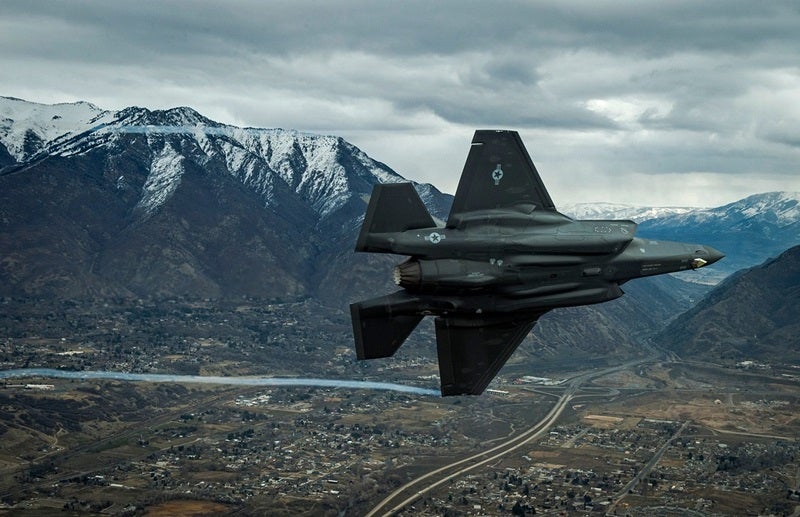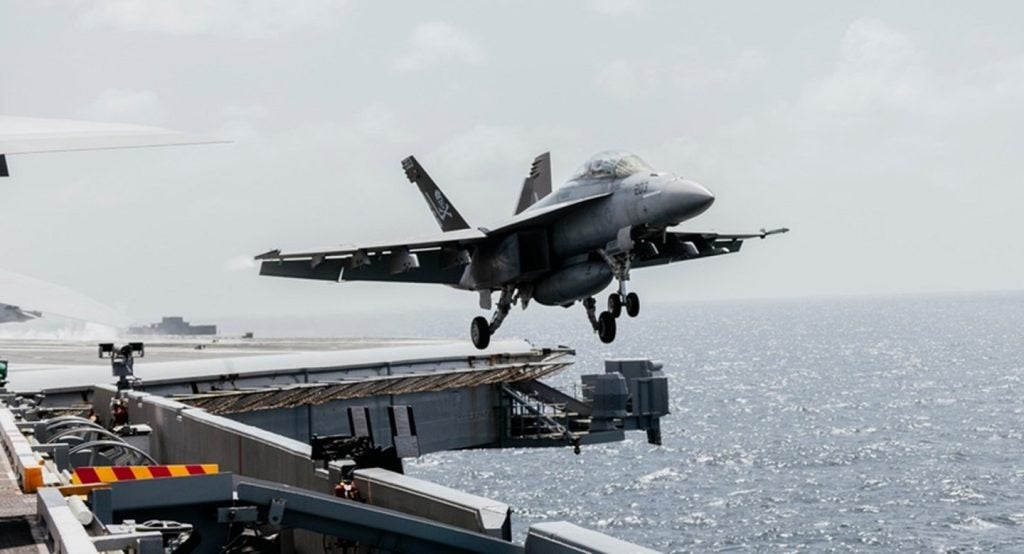The US Armed Forces are struggling to keep tactical aircraft ‘mission capable’, according to the latest Government Accountability Office (GAO) review issued on 21 October.
This means that the rate at which fighter planes are flying in service, performing at least one mission, is less than is required across all the services.
Between 2018 and 2023, the GAO found that the Navy, Marine Corps and the Air Force collectively spent more than $57bn to operate and sustain these aircraft. This calls into question the apparent deficit at a time when the military ought to perform optimally to prevent the liberal international order from backsliding.
While previous investigations attributed the mission capable rate shortage to numerous interrelated and complex factors, such as ageing aircraft, maintenance challenges and supply support issues, the latest review points to another unique problem with maintaining the fleet.
The Air Force and Navy generally executed slightly more funding than requested for aircraft sustainment while the Marine Corps executed less. Curiously, the mission capable rates for all Navy and Marine Corps tactical aircraft increased while the rates of all Air Force fleet reduced.
F-35A makes up 30% of USAF tactical aircraft
Currently, the US Air Force operates more than 2,200 combat aircraft according to GlobalData intelligence. Some 400 of these are Lockheed Martin F-35A Lightning II aircraft.
The F-35A, which is considered the most advanced fifth-generation fighter available, makes up approximately 30% of the Air Force fleet today.
However, this figure is set to spike in the coming years as the service ultimately plans to reach its goal of 1,763 F-35As while it also begins to phase out many of its legacy tactical aircraft – the service plans to divest 65 F-15s and 11 F-16s in 2025.

Meanwhile, the Navy and Marine Corps have fewer F-35s. The Marine Corps currently flies the F-35B short takeoff/vertical landing variant and plans to purchase 353 F-35Bs and 67 F-35C carrier variant aircraft. The Marine Corps declared F-35B initial operating capability in July 2015.
Together with the Marines, the Navy will bring fifth-generation capability to the sea with 260 F-35C jets.
Notably, the F-35 is undergoing a costly project – in time and money – to modernise certain aspects of all three variants. Namely, the service aims to increase its power and cooling capability. These sweeping upgrades come under what is called the Block 4 modernisation.
Originally due to be completed in 2026 and determined to cost $10.6bn, the GAO discovered that the Block 4 programme has risen to $16.5bn and is now estimated to conclude in 2029.
Therefore, it make sense that the Air Force has spent more on the operation and maintenance of its tactical fleet to compensate for modernisation delays by keeping a larger number of F-35s mission capable. The service will doubtless continue to do so over the next decade.
US to face “contested logistics” in future conflict
As the US-China rivalry escalates from gray-zone tension in the Indo-Pacific to outright conflict, most likely over Taiwan, the US Armed Forces are adapting for such a scenario.
Mark Cancian, senior fellow, Center for Strategic and International Studies, conducted a wargame scenario exploring this conflict. In conversation with Airforce Technology, Cancian mentioned that the military will face “contested logistics, which is something the US has not had to deal with since 1945.”
In such a vast and largely maritime space, the US Air Force is implementing a strategy wherein its planes will scatter to survive. Through its policy of Agile Combat Employment (ACE), the Air Force will spread its force out across various island territories.
It is a policy that was proven by the same services in the Pacific theatre during the Second World War.
“ACE complicates the enemy’s targeting process, creates political and operational dilemmas for the enemy, and creates flexibility for friendly forces,” the service explained in Air Force Doctrine Note 1-21.









